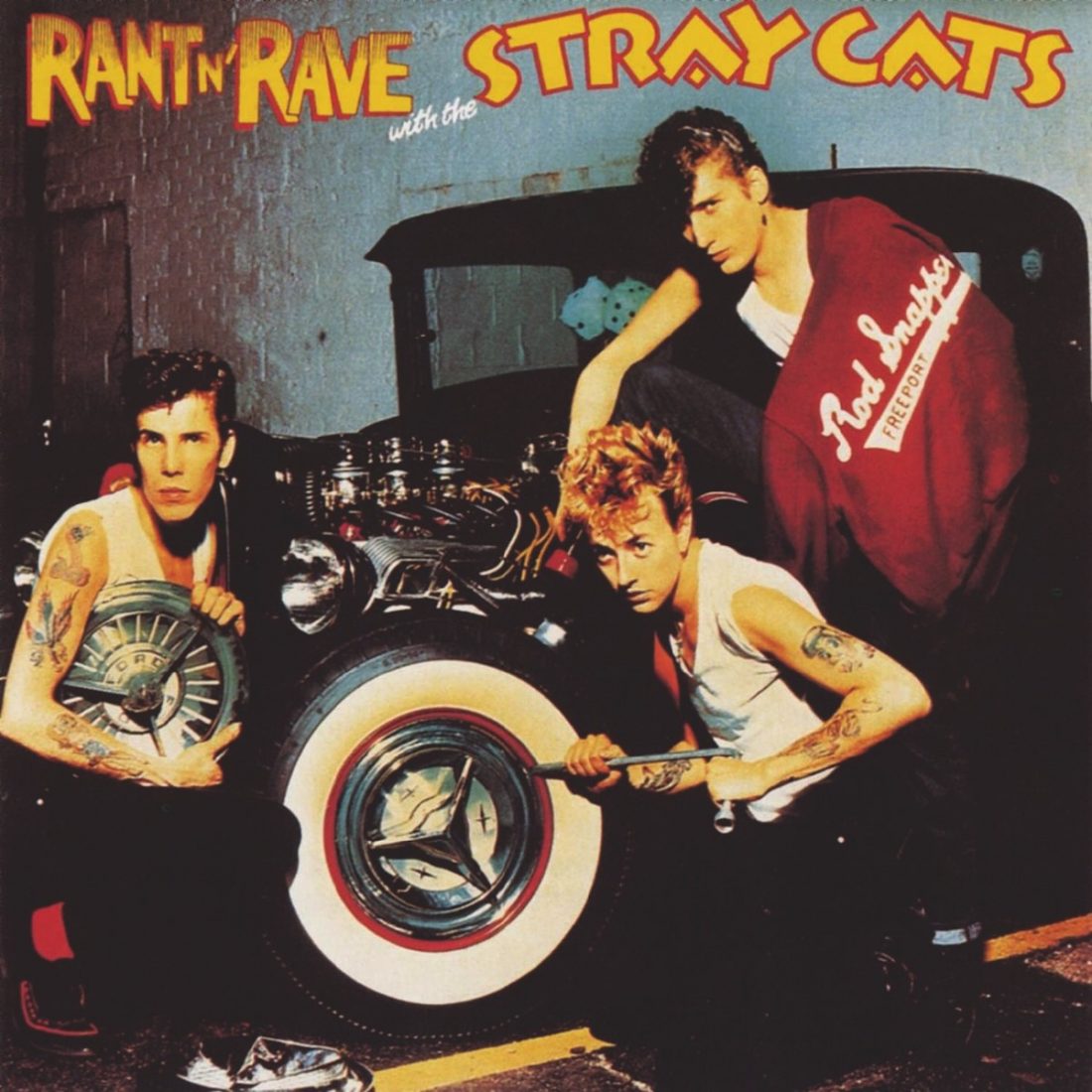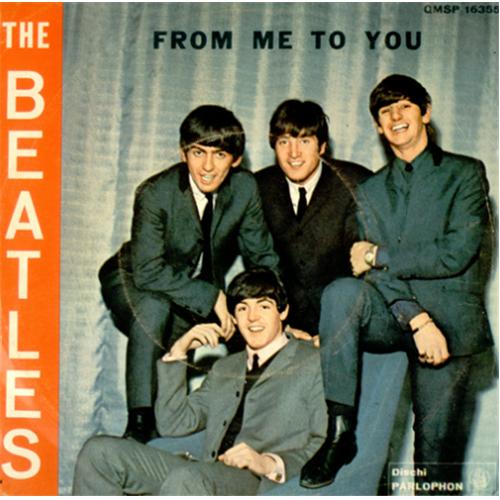By the time they made Rant N’ Rave With The Stray Cats – the third and final album for Arista in 1983 – the NY rockers were no longer the British media darlings of a couple of years before. Yet it bears comparison with the best of their early records…
When the Stray Cats burst onto the scene in 1980, one of the most infuriating notions put about by some sections of the British press was that the pomade-haired New Yorkers had somehow single-handedly ignited the UK rockabilly revival.
Long-standing fans of the genre at the time would have told you something different, and the Stray Cats themselves would have admitted that the only reason they came to Britain was because they’d been attracted by a scene that appreciated the vintage sound that the United States seemed to have turned its back on.
Strictly speaking, the Stray Cats offered nothing that wasn’t already available here. If you wanted attitude, you had Crazy Cavan ’n’ The Rhythm Rockers. Should you wanted character and humour, there was Matchbox. And if you fancied people who knew a bit about doo-wop and vocal group harmonies, The Jets or Darts could do the job. Now he’d gone solo, Shakin’ Stevens had mastered the art of turning rockabilly into pop. The Stargazers, meanwhile, were in a classy league of their own. And if you felt all of the above lacked a touch of punky youthfulness, there were always The Polecats, from North West London.
Something Special
What can’t be denied, however, is that the Stray Cats were a phenomenon, seizing the imagination of the press and people who weren’t particularly into 1950s rock’n’roll in a way beyond anyone on the home front. Even before they’d entered a recording studio upon arrival in London in the summer of 1980, they’d made it onto the front cover of NME, and their gigs were attended by the likes of Keith Richards, Chrissie Hynde and Mick Jagger. None of this exactly had you gasping for air if you were already steeped in the genius of Bill Haley, Gene Vincent and Eddie Cochran, but you might have hoped it could have a few beneficial spin-offs for a type of music for too long treated with sniffy disdain by scribes on the music weeklies.
The Stray Cats could play, there was no doubt about that, and from the moment you first heard the opening bars of Runaway Boys, it was abundantly clear that something special had landed. In the space of six months, the band had three big-selling UK singles under their belts, with their eponymously-titled debut LP reaching No.6 in the album chart in early 1981 and staying on the hit parade for five months.
What came next wasn’t so great. Dave Edmunds, whose rock’n’roll savvy and production skills had been such a factor in the development of the band’s sound on record, was ditched for the follow-up album Gonna Ball. This LP was a commendable attempt to broaden their repertoire, with the first side of the record especially favouring a more bluesy feel, but it also highlighted a lack of maturity and the weakness of Brian Setzer’s vocals. It was slammed by British critics, feedback the band took very personally, having only months before been the darlings of the UK media.
However, by the time the Stay Cats arrived at the studio to make album number three, Rant N’ Rave With The Stray Cats, they’d recovered their strut, having finally broken through in their homeland with a couple of hit singles, and with the album Built For Speed, a composite of their UK Stray Cats and Gonna Ball LPs, also enjoying sizable sales figures.
Happily, Edmunds was back in the producer’s chair for Rant N’ Rave…, a 10-tracker which amounted to a pretty emphatic restatement of the sound that had made such an initial impact for the band. The album starts with a misstep, however, Rebels Rule being a potentially disastrous opener. It has a daft lyric, a poor Setzer vocal and, not content with effectively ripping off Eddie Cochran’s C’Mon Everybody riff, it even nicked the disapproving deep-voiced adult idea from his Summertime Blues. This embarrassing song was so bad, many could have been forgiven for concluding the band had totally lost it.
Past Masters
Thankfully, with that false start behind them, things picked up immediately after that. Second track Too Hip, Gotta Go is as good as anything they ever did and shows you can draw from the past as long as you weave it in with your own distinctive style.
This is the Stray Cats at their swaggering bad-boy best. Look At That Cadillac is another beauty, saxophones augmenting the trio’s sound. Both numbers benefit from two of Setzer’s more restrained vocals. Something’s Wrong With My Radio, reflecting the influence of Chuck Berry, is more raucous, with Brian’s inventive guitar to the fore. Closing side one, the charming 18 Miles To Memphis has a bouncy country rhythm, Setzer doubling up on steel guitar. All the song lacks is a killer punchline to complete its lyrical pilgrimage.
She’s Sexy + 17, which kicks off the second side, went down well in the United States, and even got the band their final Top 30 placing in Britain. In many ways, it captures the best and worst of the band, with antiquated references to not “goin’ to school no more” and “daddy-o” alongside moments that borrow from Berry, Gene Vincent and Sam Cooke. Yet the beat is a monster and the song is delivered with an assured confidence that hammers you into submission. This big sound could only have come out of 1980, certainly not 1957.
The difficulty critics always had in judging the Stray Cats was that in both their lyrics and interviews they were always talking about the 50s – bikes, hot rods and Eddie Cochran; yet, in the words of Edmunds, who years later would state that the work he’d done with the band was among the best of his whole career, they were “not a revival band”. Setzer concurred. “You want to take the best things out of the 50s,” he said in an interview around the time of the release of Rant N’ Rave. “You want to take the slapping bass, gymnasium snare drums and a twangy guitar… and you want to make it sound modern. Dave is the only cat that I could imagine would know how
to do that.”
Big Cats
Edmunds’ task was to take what, under studio conditions, could have been quite a bare, one-dimensional sound, and make it big. “It was,” he’d later recall, “very difficult, especially with the equipment we had then, to get a drummer who plays just snare drum and a cymbal, and one guitarist, and then a string-bass player. It was very difficult to record that and make it sound like a record rather than a demo.” In such circumstances, a lesser producer might have taken this quite elementary sound and simply tried to flesh it out by smothering it with overdubs. However, Edmunds responded with skilful use of echo and tape delays.
One song that came close to sounding like a demo turned out to be the track Setzer is most proud of on the LP, the doo-wop I Won’t Stand In Your Way. In common with every song on the album, other than Something’s Wrong With My Radio and How Long You Wanna Live, Anyway?, it’s a Setzer composition. All three band members share the writer’s credit on the other two.
Initially, Setzer and Edmunds attempted to perform the backing vocals themselves, but ended up sounding “like Perry Como,” in Brian’s words. While Edmunds was content with Setzer’s first reading of the song, the singer had been impressed by New York a capella group Fourteen Karat Soul, who at the time specialised in doo-wop. The snag was that no one knew how to contact them, but as luck would have it, they happened to be in London at the same time as Rant N’ Rave was being recorded. Not only did they supply the song’s backing vocals, they also appeared in a video made for the track and filmed, appropriately enough, on a Brooklyn street corner.
Raving Riot
The album closer and flat-out rocker How Long You Wanna Live, Anyway? has a loose, spontaneous feel. “That was recorded like they did in the 50s, with just three microphones,” explained Setzer. “If you wanted to be louder, you’d walk up closer, or back off to be softer.” Brian added that the song was done with Eddie Cochran in mind, “not meaning the lyrics, but the feel.”
Unfortunately, despite its quality, Rant N’ Rave received muted reviews in Britain. The album managed to go no higher than No.51 on the UK charts, three places lower than Gonna Ball. It was a far cry from the days when their debut album had soared to the Top 10. It proved to be their final Arista album, and by the autumn of 1984 they were ready to quit as a touring unit.
Respected critic Robert Christgau reflected the lukewarm response the music of the Stray Cats has tended to draw. While admitting to “love the sound of Rant N’ Rave,” it being “bigger and rawer than the prettified Built For Speed,” and while describing Setzer as “the snazziest guitarist to mine the style since James Burton,” he attacked his singing skills and called him “a preening panderer, mythologising his rockin’ 50s with all the ignorant cynicism of a punk poser.”
While that criticism, harsh as it is, would still get many heads nodding today, there is no denying the legacy of the Stray Cats, even if it often feels as though their biggest fans are those least comfortable with original, authentic 1950s rockabilly.
Still rockin’… for the latest Stray Cats news click here
Read More: Classic Album – Stray Cats






